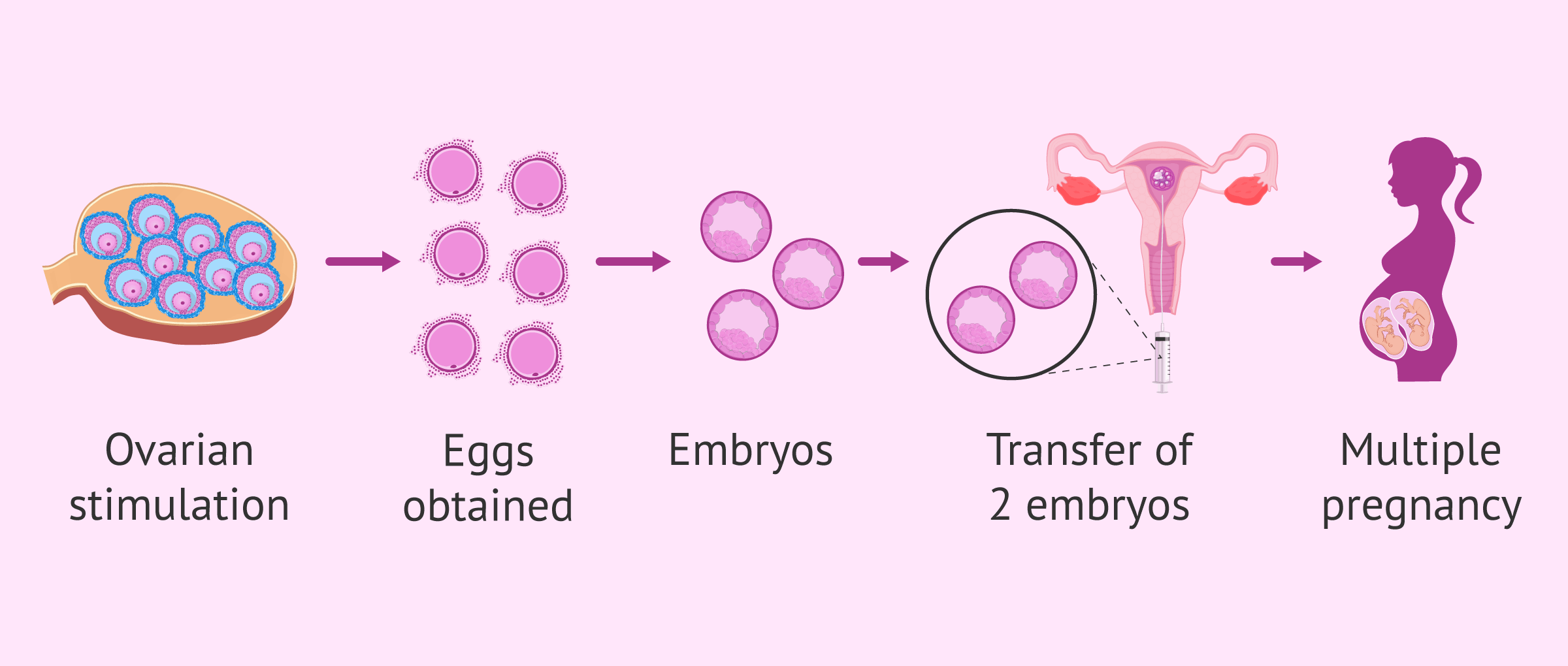The increase in multiple pregnancies and twin births in in vitro fertilization (IVF) treatments is due to the transfer of two or three embryos.
This is because, after controlled ovarian stimulation (COS), several mature eggs suitable for fertilization in the laboratory (in vitro) can be obtained. Subsequently, after several days of development, the embryo transfer to the patient's uterus is performed. Logically, the rate of multiple pregnancies will increase with the transfer of more than one embryo.
This is why, at present, the tendency is to transfer a single embryo, since a multiple pregnancy involves risks for the woman and for the babies.
Read the full article on: Multiple pregnancies and assisted reproduction: the pros and cons ( 52).
By Manuel Aparicio Caballero M.D., M.Sc. (gynecologist), Manuel Fernández M.D., Ph.D. (gynecologist), Silvia Azaña Gutiérrez B.Sc., M.Sc. (embryologist), Zaira Salvador B.Sc., M.Sc. (embryologist) and Michelle Lorraine Embleton B.Sc. Ph.D. (biochemist).
Last Update: 09/12/2022
